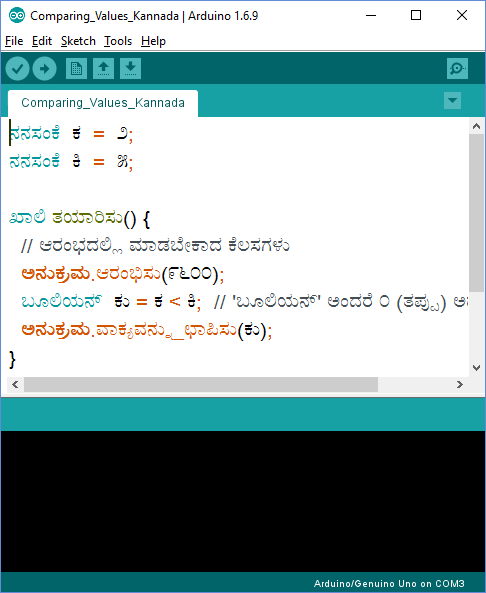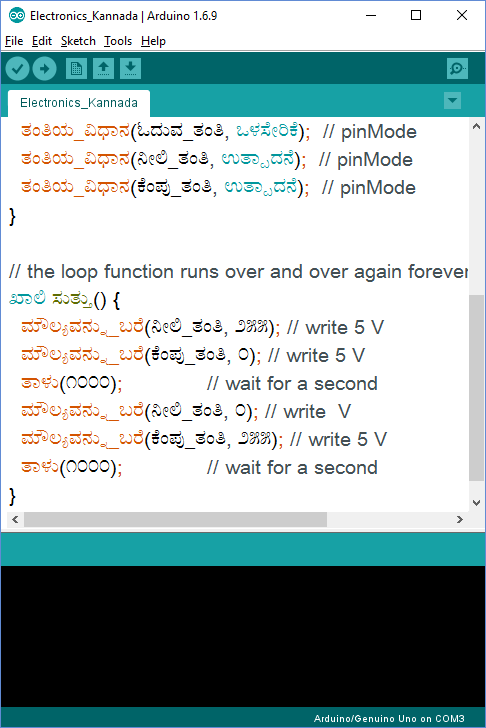In response to public demand, the Bangalore Development Authority (BDA) has finally released the Detailed Project Report (DPR) for the proposed steel flyover in Bangalore.
In this article we’ll attempt to address (using points from the DPR), the key question of whether the flyover will be of any use to commuters.
The DPR contains a study of traffic volumes at each of the intersections, and summarizes its findings in the following three diagrams (page 58) which are very easy to understand.



The Numbers
The numbers in the diagrams are peak hour traffic numbers at all junctions affected by the project in terms of PCUs/hr. PCU stands for Passenger Car Unit.
So, the first diagram says for example, that at peak hour traffic, there is the equivalent of 6175 cars entering from Hebbal and 6949 cars exiting at Rajbhavan Road in one hour.
The second diagram shows the impact of the flyover on ground-level traffic. It shows that the number of cars entering at ground level from Hebbal will drop to 3088 while the number of cars exiting at Rajbhavan Road will drop to 4122.
The excess traffic (3087 incoming at Hebbal and 1393 outgoing at Rajbhavan Road) will be carried on the flyover.
The incoming numbers add up (3087 + 3088 = 6175) as expected.
The outgoing numbers don’t add up (1393 + 4122 < 6949)!
The outgoing traffic numbers don't add up because there will no longer be a right turn at Basaveshwara Circle. So, a part of the traffic volume decrease has nothing to do with the flyover!
Anyways, these calculations, if assumed correct, point to a reduction in traffic by 20% to 50% at the ground level.
Travel Time Calculations
Will the reduction in traffic lead to a corresponding decrease in travel time?
Not necessarily.
The DPR contains no estimate of reductions in travel time.
There are three reasons for doubting there will be huge reductions in overall travel time:
- The impact of the constriction of the road leading to and from the flyover because of the ramps of the flyover needs to be taken into account. The bottlenecks at the ramps could lead to traffic piling up at the entrances and the exists of the flyover.
- If the total capacity of the roads carrying traffic away from the flyover is too low, it could lead to traffic queueing up on the flyover itself.
Those who prepared the DPR should have run a simulation of the traffic on the flyover, below it and on the roads leading into and out of the flyover to determine if any savings in travel time would result or if serious backups on the flyover and around it could cancel any benefits.
A case in point is the flyover from the Electronic City software technology park (STP) to the Silk Board. It might allow traffic to move fast on it, but it might be slowing down traffic inside the STP and on the road below it at its exit.
Flyover Effectiveness Conclusions
We don’t know if the travel time will decrease significantly unless the required simulations are done.
Public Transportation Conclusions
However, it is possible from the DPR to draw conclusions about the effectiveness of public transportation.
We see from the study that only 2% to 3.5% of the vehicles on the roads are city buses (pages 42-46).
So, if we doubled Bangalore’s bus fleet (which you can for the cost of the flyover) it would not increase the traffic on these roads by much but could replace almost all the private vehicle traffic not just on this stretch but all over the city (assuming people make the switch from private to public transport, and each bus carries 100 passengers).
Explanation & Calculations
Here’s how we can calculate that.
The proposed flyover will cost approximately 1800 crore rupees.
A TATA bus costs about 20 lakhs rupees.
So, you can buy about 7000 buses (and hire drivers/conductors for a year and build facilities for them) for 1800 crore rupees (or get 9000 buses without drivers/conductors or facilities). I’m assuming that a quarter of the price of a bus will get you facilities and pay for the driver and conductor.
Now the BMTC runs around 7000 buses today. So, for the price of the flyover, one could double the bus fleet.
We can show that doubling the fleet can drastically decrease the volume of traffic on these roads.
Let’s say that 10,000 vehicles used that stretch of the road. We know that 2% of those vehicles were buses. That’s 200 buses. Let’s assume that all the other vehicles carry on average 2 passengers. So, except for the 200 buses, the remaining 10,000 – 200 vehicles carry 20,000 – 400 passengers. If we double the buses, we have 200 more buses. Now each bus can easily carry about 100 passengers (50 seated and 50 standing). So, that means we can carry 20,000 passengers just by adding 200 buses (doubling the bus count). That is the entire carrying capacity of all the other vehicles on the road!
So with a negligible increase in traffic (from 2% of current traffic to 4%), we can accommodate all the passengers of the remainder of the traffic using that stretch of Bellary Road today.
More Benefits of Public Transport
But it’s not just that!
For the cost of the flyover, we’d have doubled buses all over Bangalore!
So, we’d have added an equivalent carrying capacity to all the private vehicles on all the roads in Bangalore for the cost of this flyover!
That’s what this BDA DPR tells us!
Environment Benefits of Public Transport
But that’s not all!
There are still more benefits! Think of the reduction in pollution. Replacing all those private vehicles with equivalent buses would reduce pollution by 95%.
Assumption
In the above calculations, I’ve assumed that everyone will give up private transport for public transport.
That won’t happen in real life unless you get the same convenience from public transport.
It could happen if, like with the metro, bus passengers are:
- assured of getting a bus from a known key location to a desired key destination every ten minutes or at a known precise time (with bus tracking) and
- assured the buses are not overcrowded (the pleasantness of the travel is comparable to the pleasantness of private transport).
If you can get that sort of predictability, and comfort, then for those travelling on those routes to work, it would make more sense to use public transport than to use private transport.
So, it may need a lot more than doubling buses (mere capacity matching) to assure convenience and ensure that people prefer public to private transport. It would also need route planning, bus tracking and highly predictable key routes.
Other Proposals
There are many other proposals for reducing congestion along the North South Bellary Road.
Here’s one: http://www.deccanherald.com/content/561722/rail-link-kia-less-rs.html
This article says that there is an operational railway line between Yalahanka and Channasandra, and this can be extended easily till the airport up North and Baiyappanahalli in the East, taking airport traffic off the Bellary Road.
Estimated cost: Rs. 150 crores. And it’s a public transport proposal, so it takes a lot of cars off the roads.





















